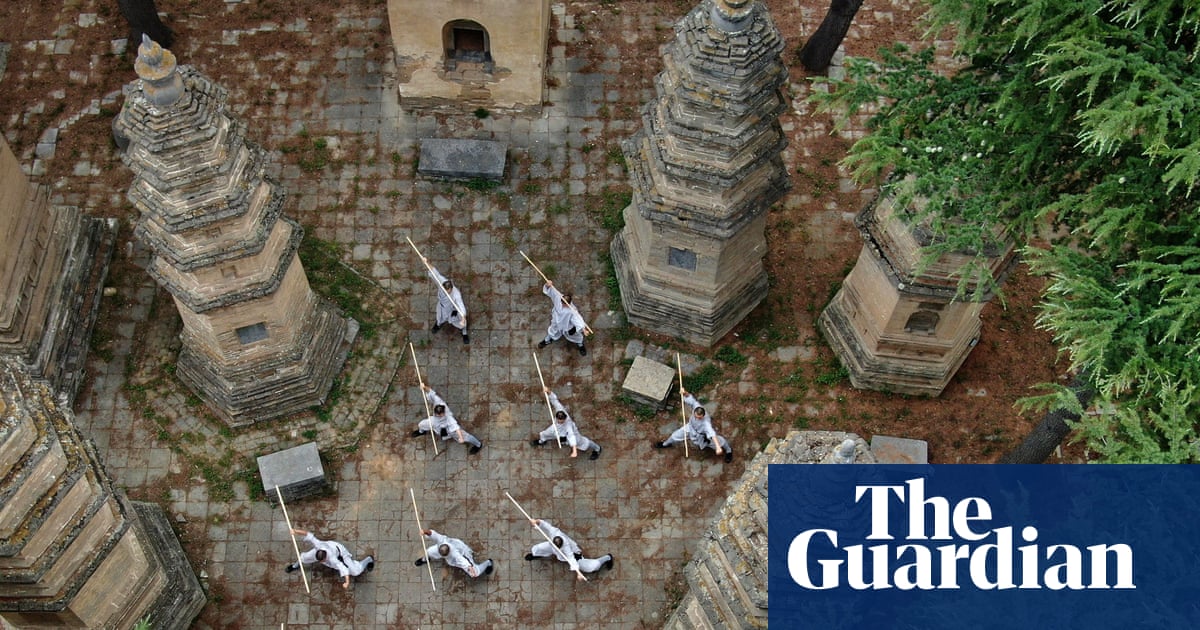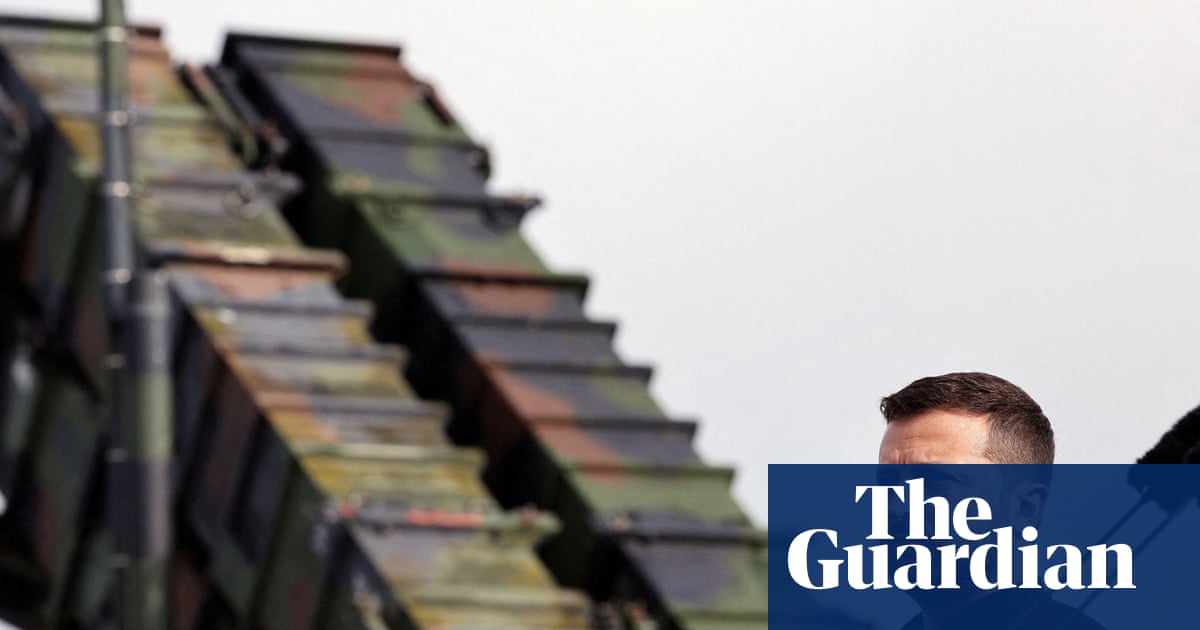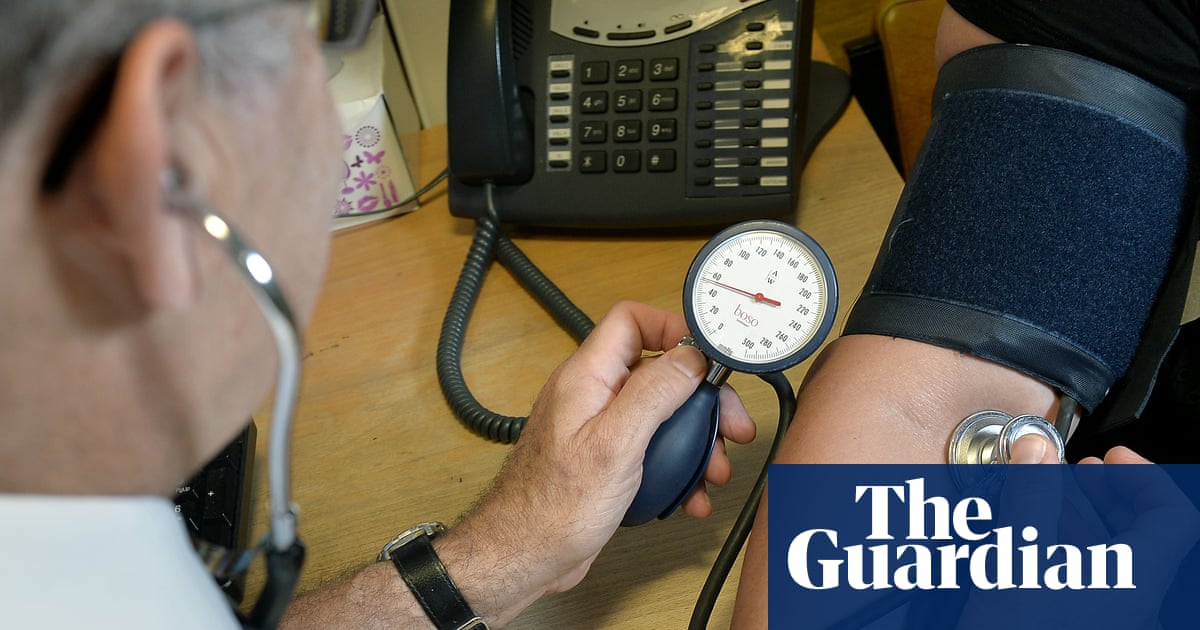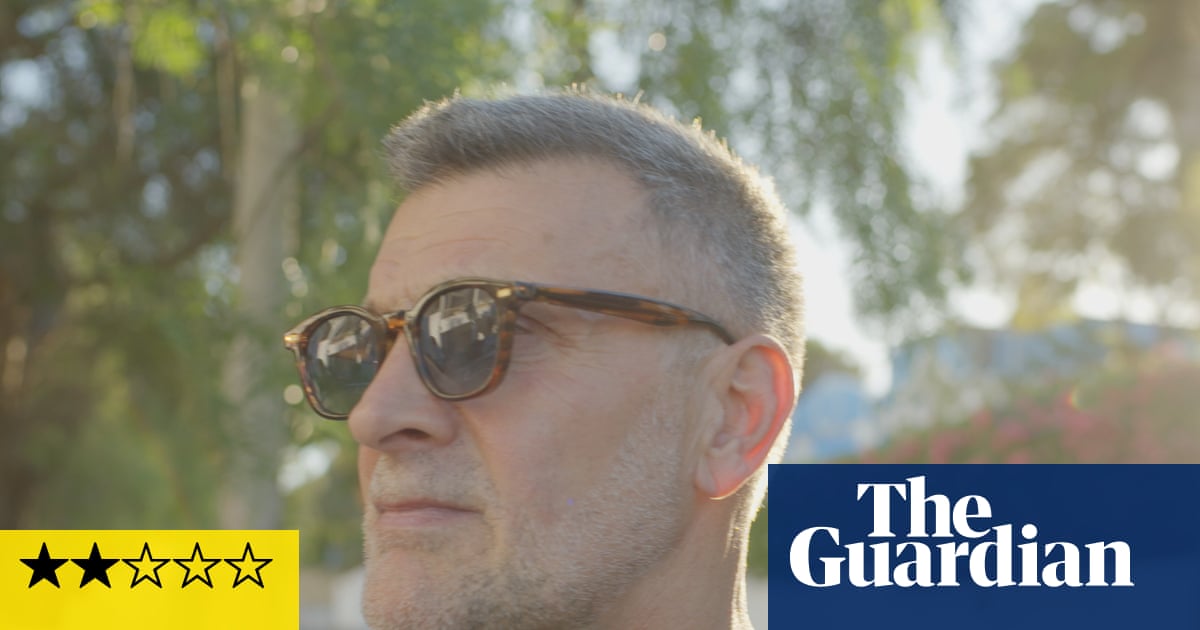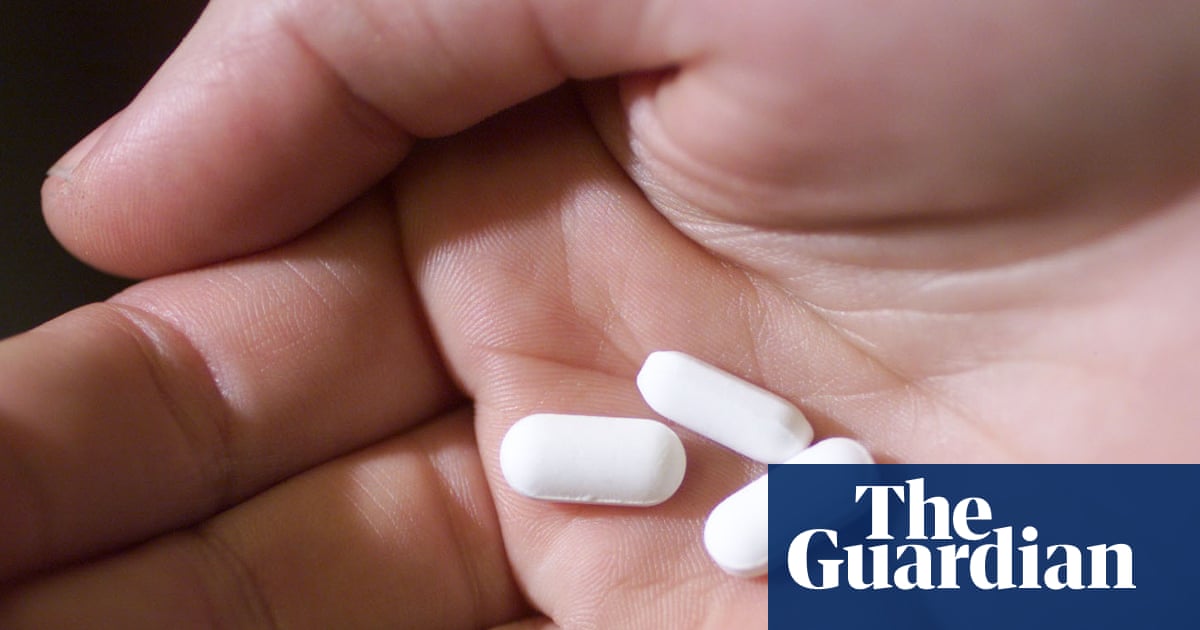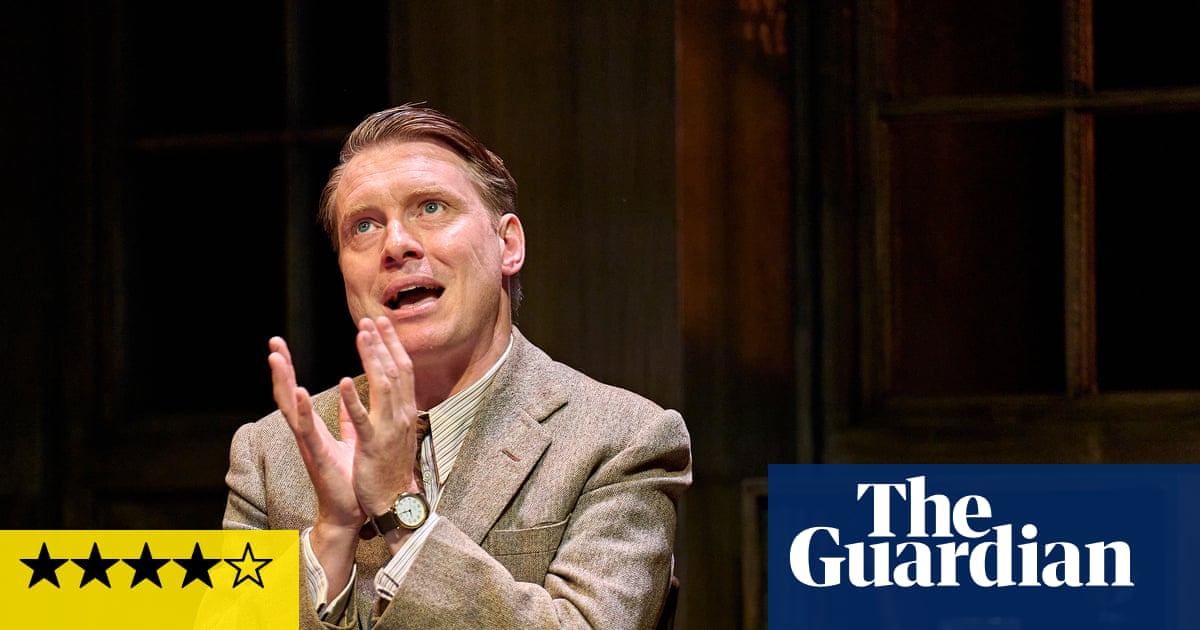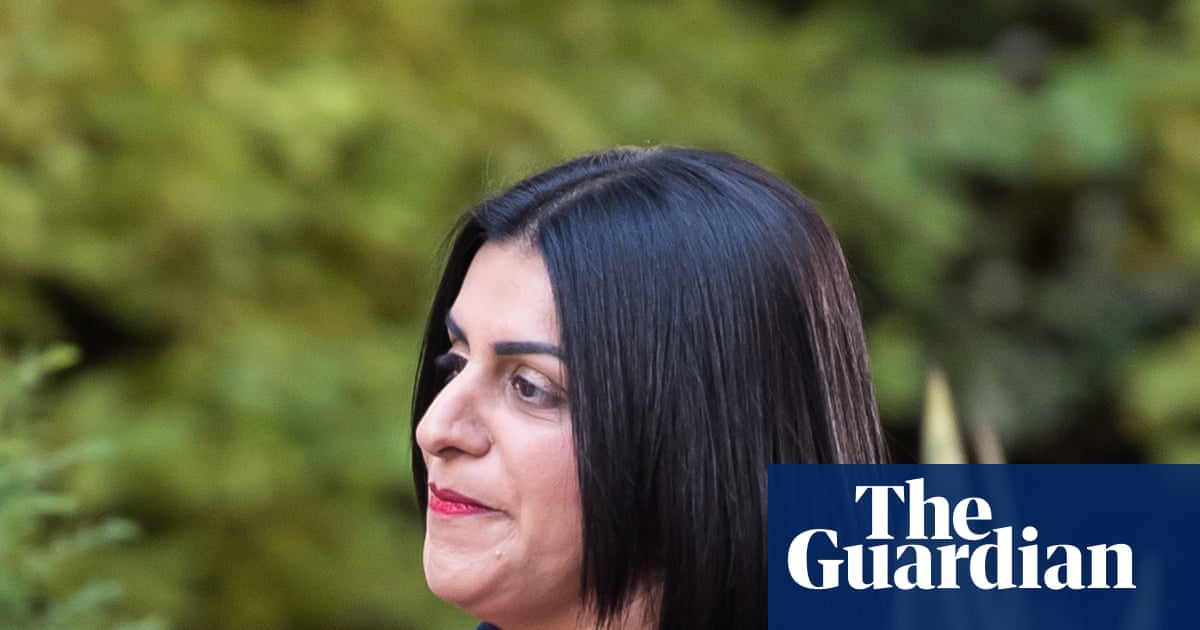Many years ago, as part of a school homework project, I asked my grandparents what the most significant social change had been during their lifetime. Two of them answered “child mortality”. I was surprised. Weren’t there other, more significant experiences in long lives that had stretched from the first and second world wars to the 1980s?
But now that I am older and have experienced bereavement, I understand their replies. Both grandparents had sisters who died of diphtheria. And my grandfather’s younger brother died of sepsis, meaning his parents had buried two of their four children before the age of three. Their childhoods had been profoundly shaped by loss. Child mortality was, at that time, horrifyingly common, and from their earliest years many people spent a great deal of their lives coping with the emotional fallout of grief, which shaped their lives into older age.
I have spent the past 10 years researching the history of death, while also training as a bereavement counsellor. In my book, No Ordinary Deaths – A People’s History of Mortality, I argue that we have much to learn from the past, particularly in the compassion shown to those facing the end of life, and those struggling with the emotional chasm of grief and loss.
The differences between today and the past of even a few generations ago are enormous. Today, most people die in hospitals or care homes, but until well into the 20th century most died at home. Relatives or close friends usually washed and prepared the body for burial. The time between death and burial were understood as a dangerous and unstable moment for the spirit, and some communities developed elaborate wake rituals that could involve smoking, drinking, singing, games and “trickster” antics (such as lowering a shrouded body down the chimney, as recorded once in 19th-century Wales, presumably to distract any passing demons from stealing away with the soul).
Wakes could last anything from hours to days and even weeks; an issue that horrified 19th-century public health campaigners. Indeed, such practices were regularly cited as one of the main reasons why burial reform was required, demanding that funerals should happen swiftly after death, and graveyards be moved away from city centres and into the suburbs.
Nowadays, dying and death are, at least in wealthy, western societies, mostly institutionally managed and medically determined. Unless we work in healthcare or emergency services, seeing a dead body is a relatively unusual experience. And we can usually pinpoint the moment of death.
Without easy access to a doctor, a stethoscope (not invented until 1816) or the technology we have today to assess when heartbeat and brain function have stopped, the end of life used to be open to all kinds of interpretation. A mirror, a feather to the lips, the last rasp of agonies, a magpie landing on the roof, a black dog barking – all kinds of signs and symbols could signify the end. But until the body began to putrefy, which could take several days, the time between alive-but-near-the-end and dead was not always precise. Watching for signs of death and caring for the dying was a skilled role often undertaken by older women, who offered comfort and gathered family, friends and priest to the bedside when they assessed the moment of death was approaching.
The moment of death was particularly important as it marked the beginning of activities to protect the spiritual integrity of the soul, which may include lighting candles (light around the dead was very important), cleaning and dressing the body, closing or placing coins on the eyes, and bringing aromatic herbs or personal items such as rosary beads, a favourite toy (for a child), a treasured cup or plate to be tucked in with the body. It is probable that placing such grave goods is a pre-Christian practice and may hold several meanings. Perhaps these were considered objects that would be useful in the afterlife; for some communities using things that belonged to the dead is considered to bring bad luck, so best to bury them with their original owner just in case.
We might think of grief and consolatory literature such as Julia Samuel’s bestselling Grief Works or Megan Devine’s It’s OK That You’re Not OK as a modern phenomenon, but for centuries printing presses have churned out guides to dying and grieving well, offering a blend of richly illustrated earthly and spiritual administrative and emotional advice for preparing for the end and coping with loss.
While we may find some of the excesses of, for instance, Victorian mourning ritual – replete with wearing heavy, dark clothing for months or even years, veiled mirrors and mourning tea sets – over the top today, the acknowledgment of grief ran deep in social structures of the past. Bereavement is for many of us the most profound experience we will have. The expectation that people should “move on from” or “get over” loss is to misread its potential to disorder our sense of self. In the past it was not uncommon to find “grief” as a cause of death on mortuary rolls or death certificates. Lives spent in closer relationship to death acknowledged the ways in which it can overwhelm us.
Perhaps paradoxically, our medicalised approach to end of life now has resulted in a resurgence of interest in some of the old ways of managing mortality. Death doulas seem to carry the torch of the “death watchers” of the past, acknowledging that endings can be supported, caring, even joyful. The modern “death positive” movement encourages, if they feel able, family and friends to be involved in washing and caring for their dead, and there is evidence that being more involved in these processes can help us in accepting death and loss and beginning to process our grief.
For me, there is a more radical message as well. If we can learn to engage – without fear – with the idea of our own mortality, embracing the fact that we will die can be a liberating act. We may use it to reassess our relationship to accumulating stuff, or thinking about the kinds of personal legacy, if any, we wish to leave. And perhaps we can also learn to draw on the past, taking the best and most humane elements of how death was anticipated, the dying supported and, perhaps most crucially, grief and mourning were acknowledged. Doing this may help us to reach back into a deeper relationship with mortality, a kind of modern take on media vita in morte sumus – in the midst of life we are in death.
-
Molly Conisbee is a social historian, visiting research fellow at the Centre for Death and Society at the University of Bath, and author of No Ordinary Deaths

 3 months ago
164
3 months ago
164
